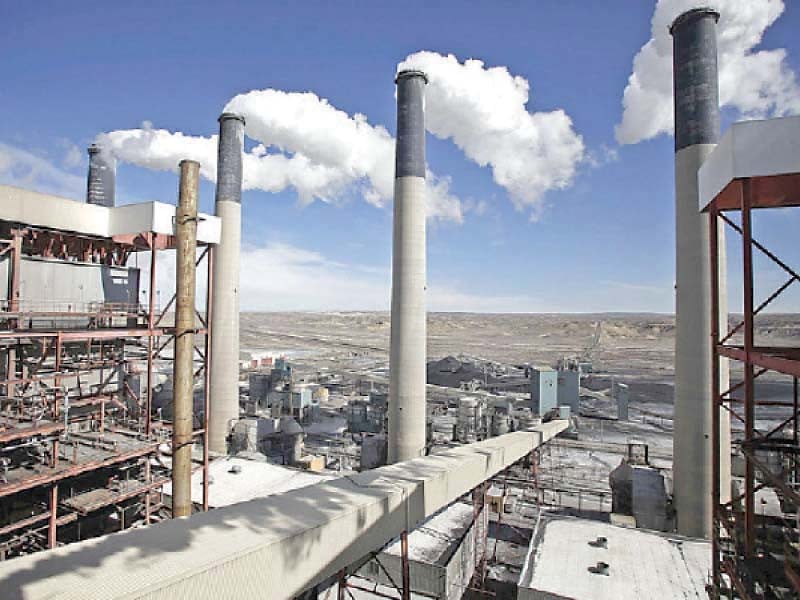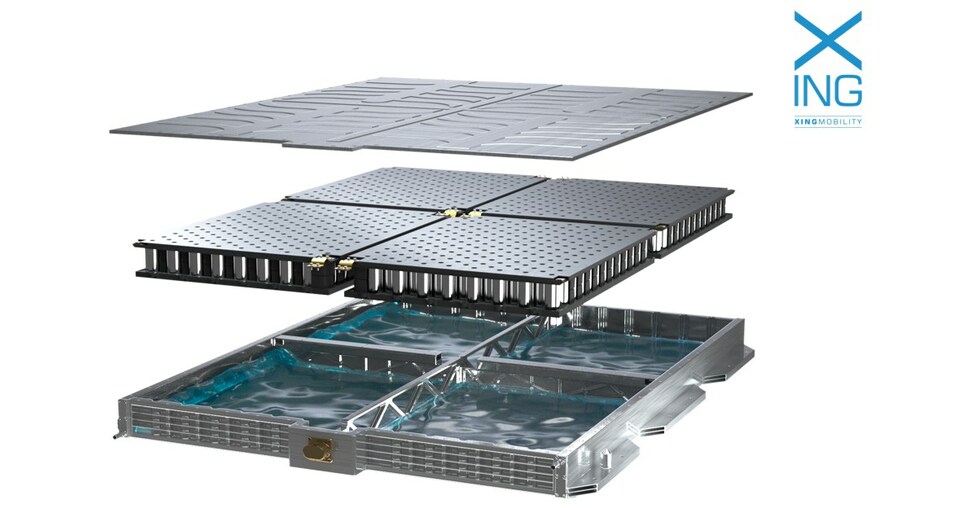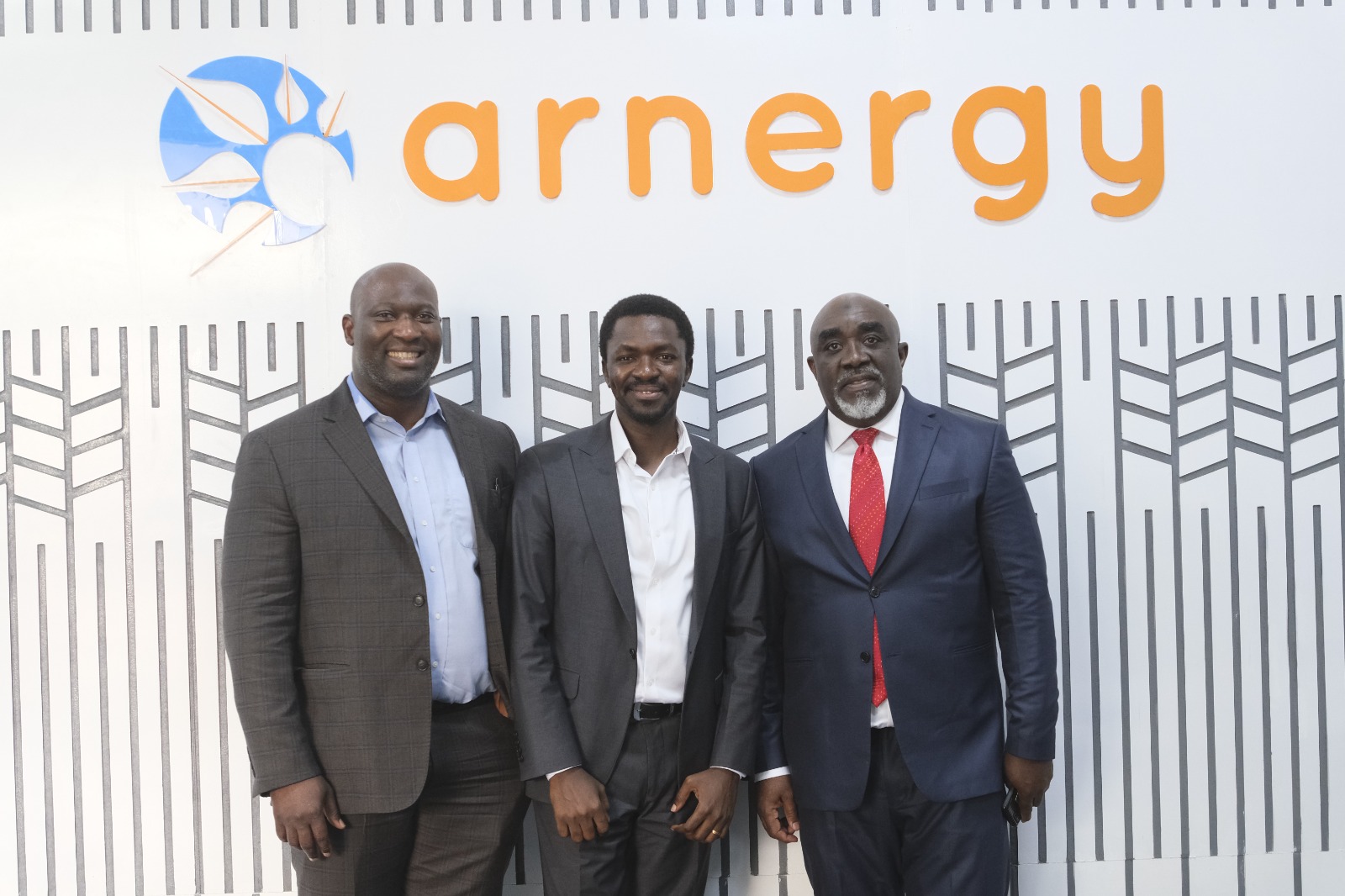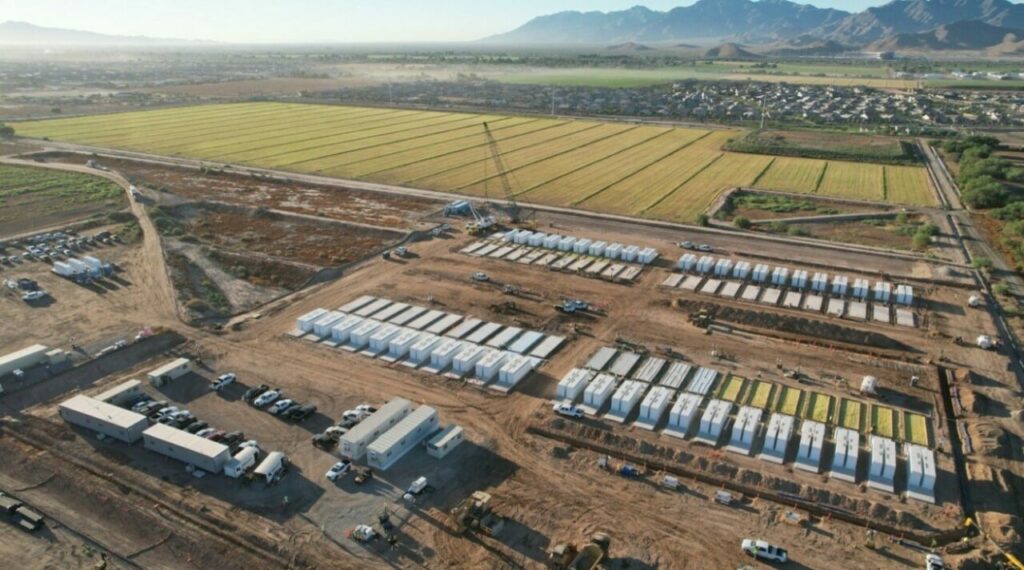In a significant stride, the Lahore University of Management Sciences’ (LUMS) Energy Institute (LEI) has unveiled a pioneering report titled “Sustainable Architecture: Advancing Energy Efficient Buildings.” The report, presented at a ceremony attended by policymakers, regulatory bodies, and key stakeholders, addresses Pakistan’s pressing energy challenges and proposes innovative solutions for the construction sector.
Addressing Urgent Energy Challenges
Dr. Fiaz Ahmad Chaudhry, Director of LUMS Energy Institute, highlighted the urgency of adopting energy-efficient practices, emphasizing that Pakistan’s substantial expenditure on power plants, mainly for summer cooling loads, is unsustainable. By embracing energy-efficient practices, the report suggests that cooling loads could be reduced by at least 50%, resulting in significant cost savings.
Insights into Seasonal Electricity Usage
The report sheds light on the seasonal variation in electricity usage, particularly the spike in cooling loads during scorching summer months, necessitating an additional 18,000 MW of power plant capacity. This surplus capacity, largely underutilized throughout the rest of the year, imposes a colossal cost of nearly $100 billion on the national economy. The report outlines how operational inefficiencies contribute to capacity payment obligations exceeding Rs2 trillion, placing a financial burden on a sector with minimal contributions to GDP growth.
Roadmap for Sustainable Practices
The comprehensive study explores locally available materials, Building Information Modelling (BIM) results, and cost-benefit analysis, offering a roadmap for stakeholders, homeowners, the construction industry, and regulatory bodies to embrace sustainable practices. The report provides an in-depth analysis across various house sizes, demonstrating that energy-efficient building insulation is crucial for maintaining reasonable electricity usage during hot summer months. Notably, energy-efficient fans can reduce loads by 60%, energy-efficient appliances can cut consumption by 27%, and integrating air conditioning systems with geothermal solutions offers an additional 19% reduction in load.
Source: tribune.com.pk





